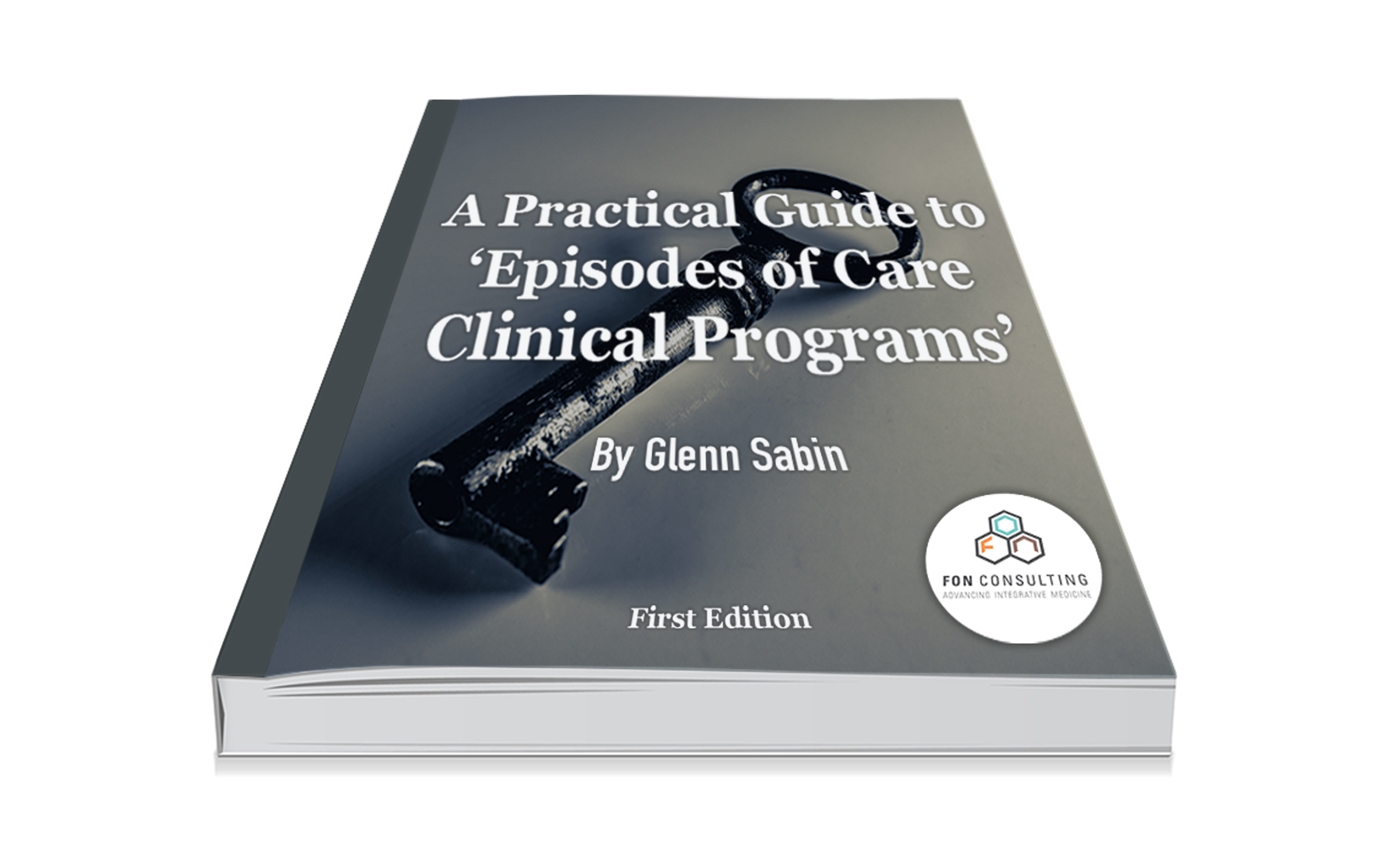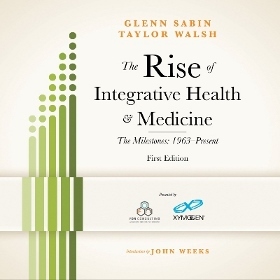New Report Chronicles Cost-Effectiveness of Integrative Medicine

In 2012 the most experienced researcher of the costs and benefits of complementary and integrative care stated: “I’m tired of this talk that there is no evidence for cost-effectiveness of complementary and integrative medicine. There is evidence. We need to move onto phase two and look at how transferable these findings are. We can take this evidence and run.”
This was Dr. Patricia Herman, ND, PhD of the Rand Corporation in a Huffington Post interview. In the time since she has been approaching a sprint. Along with Mimi Guarneri, MD, FACC, ABIHM and Erica Oberg, ND, MPH, Dr. Herman now has authored one of the first compilations of cost effectiveness research on integrative health and medicine yet published.
“Contrary to the common critique that there is a lack of evidence,” the authors write in the introductions, “thousands of studies, including randomized controlled trials published in top medical journals demonstrate superior outcomes compared with usual or conventional care.”
The booklet Integrative Health and Medicine: Today’s Answer to Affordable Healthcare: Health Creation Economics was published in March 2015 by the Integrative Health Policy Consortium (IHPC). IHPC represents the professional associations of the complementary and integrative health disciplines whose work is described in this booklet.
The report is organized around the research results of those prominent integrative therapies. Highlights:
- A 2012 British acupuncture study found that 33% of candidates for total knee replacement who received acupuncture experienced long-term pain relief and were able to avoid surgery two years later, at a cost savings of $8,100 per patient. In the U.S., where 719,000 knee replacement surgeries were performed in 2010, the savings could total $1.9 billion.
- Naturopathic medicine treatments have been shown to prevent cardiovascular disease and metabolic syndrome at a cost less than prescribed medication.
- A treatment protocol for colon cancer patients consisting of traditional Asian medical options including acupuncture and vitamins showed a survival rate after five years of 60%-82%, compared to 7%-8% among patients receiving conventional care alone.
- Certified professional and nurse midwives incur far fewer complications and offer equivalent safety records at a fraction of the cost of standard delivery in hospitals.
Perhaps the best-known example of successful integrative treatment that produces substantial cost savings is the Dean Ornish Lifestyle Program, which Medicare covers as a comprehensive lifestyle change programs for cardiac rehabilitation.
Always described separately, the Ornish program is not really understood to be an integrative approach to care, combining a plant-based diet, physical activity, yoga-based mindfulness training, and group support. In well-controlled clinical trials over the past 30 years patient experienced the reversal of heart disease and prostate cancer. 80% who changed their lifestyles avoided heart surgery or angioplasty.
The savings: almost $30,000 per patient in the first year.
The report goes a long way in supporting the assertion of providers across the integrative disciplines: Health insurers stand to save a lot of money when their plans include the widest selection of complementary and integrative providers.
Enjoying this article? Subscribe and get our latest, delivered straight to your inbox.
The most important example here comes from the state of Washington, which made it possible in 1996 for most licensed providers to be included in insurance coverage. Collecting comparative data for more than 15 years, researchers found that in the treatment of the state’s sickest (and most expensive-to-treat) patients, the overall annual cost of treatment was reduced by $1,420 per patient when integrative therapies were included.
Given the growing number of patients suffering from chronic illnesses across the nation, this figure alone suggests very significant potential of broad use of integrative health options.
Unfortunately, Washington is the only state whose insurance plans must include “every willing provider;” meaning any licensed provider who wants to be included in a carrier’s provider network must be included. Other states vary dramatically in this regard, continuing to exclude providers from their plans.
This was the primary reason that the Affordable Care Act includes a section – 2706 – designed to end insurer discrimination against licensed providers and thereby provide the public with access to their preferred licensed practitioners.
Integrative Health and Medicine: Today’s Answer to Affordable Healthcare: Health Creation Economics is a brief but long awaited summary of the favorable impact on the costs of care that complementary and integrative practitioners have known for decades.
Any health plan manager, employer health services manager, state insurance regulator, health policy specialist or innovative insurance executive will find that this simple report opens the doors not only to considerable costs savings potential, but to care outcomes that millions of Americans have come to rely on.
About FON
FON is a leading integrative health and medicine business development and strategy consulting firm. FON specializes in custom solutions for growing patient volume, developing programs, and increasing product sales. Our practical business models are driven by innovative marketing, clear messaging, and customer engagement via branded storytelling.
Contact us today to schedule a complimentary 30-minute consultation to discuss your business development or personal brand needs.






















